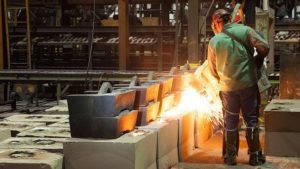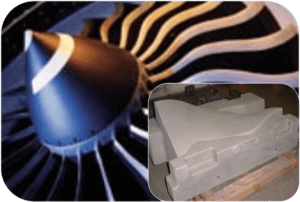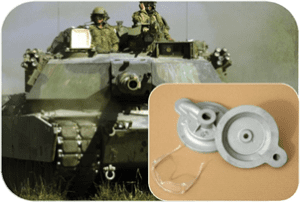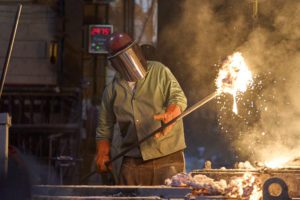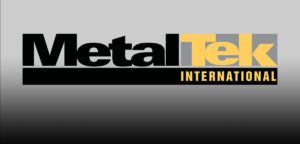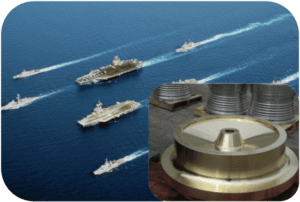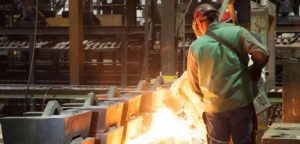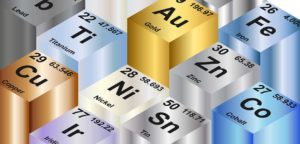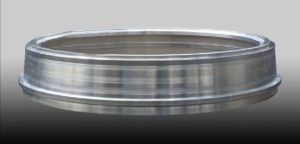Blog Archives
What manufacturing process do you utilize for your hot forming and superplastic forming dies? Forgings, fabrications, castings, something else? As with many metal products, you have options at your disposal to manufacture forming dies, including the sand casting and centrifugal casting processes. Since every tooling die is different and has its own unique set of…
Read MoreYou have designed your tooling or forming die based on the finished part you need, and you know how you will manufacture the tool or die. Perhaps you plan on utilizing MetalTek’s sand or centrifugal casting processes. However, you need to determine the best alloy for your tooling or forming die. Since every application is…
Read MoreHot forming and superplastic forming dies are a tool used to form a material to a desired shape. This tool or die is usually made from specialized metals including H-Series stainless steel, Invar, or Inconel. Like most metal components, there are various ways to manufacture forming dies, including the sand casting and centrifugal casting processes.…
Read MorePress Release MetalTek International, a leading global manufacturer of critical metal components that power, protect, and connect the world, today announced that Karen Loritz has been named Chief Financial Officer. “Karen brings to MetalTek invaluable experience leading finance teams and unique strategic knowledge to support MetalTek’s long-term growth objectives,” said E.J. Kubick, Chief Executive Officer…
Read MoreTool steel alloys are high carbon chrome steels containing differing amounts of molybdenum, cobalt and/or vanadium or other elements. Certain tool steels are engineered to withstand repeated high specific loads and impacts at ambient temperature with exceptional wear resistance – thus the name. Other materials in the family will exhibit stability at elevated temperatures and…
Read MoreThink of a problem that you face in metal component design or application. Here are some examples of where leveraging the advantages of centrifugal casting have helped MetalTek and a customer work together to solve an application challenge. Maybe you will see a problem you are working to resolve. For more information regarding any of…
Read More
